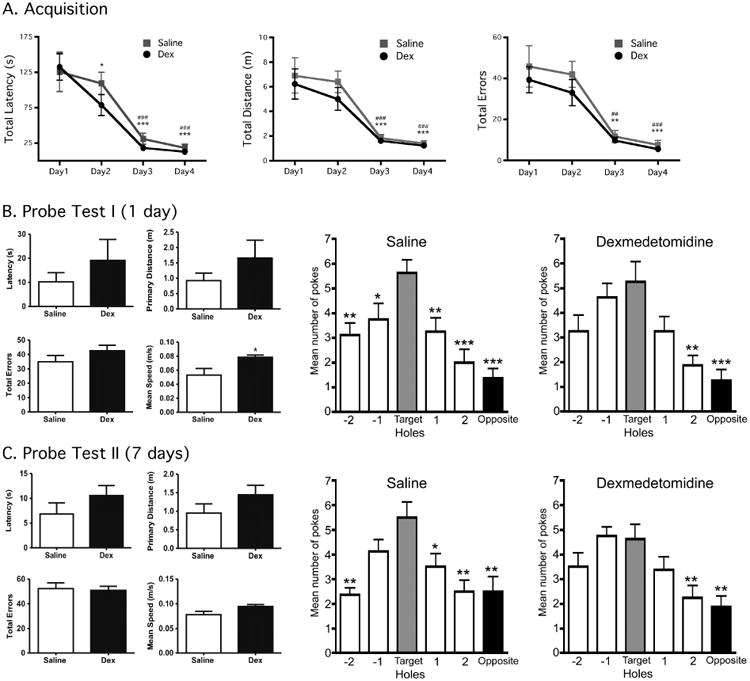Figure 6. Barnes Maze testing demonstrates that dexmedetomidine-increased tau phosphorylation is associated with the impairment of spatial reference memory.

Acquisition phase testing data (mean ± SEM) in C57BL/6 mice demonstrate that asymptotic performance is readily achieved in the Barnes Maze with 4 days of training (6A), prior to treatment. By day 3, total latency (s), total distance (m) and total errors in the saline (n = 8) and dexmedetomidine (Dex, n = 8) groups was significantly different vs. their respective day 1 performance for each variable, denoting good learning performance. *, **, *** denote P < 0.05, P < 0.01, and P < 0.001 vs. Day 1 (Saline), respectively and ##, ### denote P < 0.01, and P < 0.001 vs. Day 1 (Dex) using repeated measures ANOVA with Newman-Keuls post hoc test. Probe Test I (6B) data (mean ± SEM) include latency (s), primary distance (m), total errors, mean speed (m/s) in C57BL/6 mice, and were obtained 6h following treatment with dexmedetomidine 300 μg/kg or saline i.p. In saline-treated mice, a clear preference for the target hole (Target vs. Hole -1 and Hole 1) can be observed demonstrating good short-term spatial memory retention. Dexmedetomidine-treated mice had decreased preference for the target hole, suggesting impaired short-term spatial memory retention. Probe Test II (6C) data (mean ± SEM) were obtained 1 week following dexmedetomidine or saline treatment and demonstrate no changes in latency, primary distance, total errors and mean speed. For saline-treated mice a preference for the target hole could still be observed (Target vs. Hole 1 but not Hole -1), while there was no significant target hole preference in dexmedetomidine-injected mice, suggesting that the treatment impaired long-term spatial reference memory retention. For the pokes data, analysis was done using ANOVA with Newman-Keuls post hoc test. *, **, and ***, denote P < 0.05, P < 0.01, and P < 0.001, vs. the target hole.
